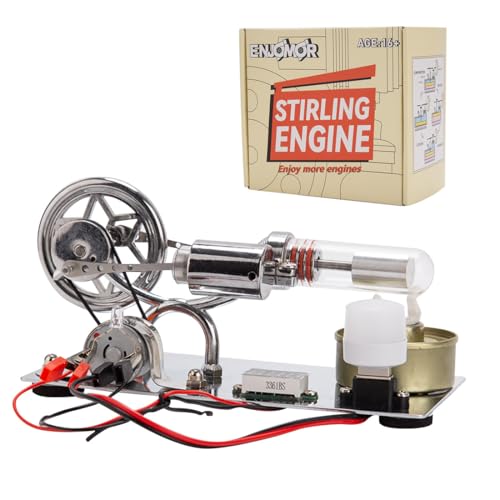Hi
Well today was the big day. Steam test on the boiler. I mounted the boiler on an upturned baking tray to keep the heat off the bench. Mounted using the 3 studs formed on the ends of the stays and resting on a saddle at the near end. Julian (Barneydog) came round to assist/observe/advise and play cameraman. I took quite a lot of video which I have had to cut down and split up in order to upload (which may take a while) and photos as well. Heres how I got on.
The boiler mounted on its test stand.


The first piece of video showing the initial set up.

More to follow
Cheers
Rich
Well today was the big day. Steam test on the boiler. I mounted the boiler on an upturned baking tray to keep the heat off the bench. Mounted using the 3 studs formed on the ends of the stays and resting on a saddle at the near end. Julian (Barneydog) came round to assist/observe/advise and play cameraman. I took quite a lot of video which I have had to cut down and split up in order to upload (which may take a while) and photos as well. Heres how I got on.
The boiler mounted on its test stand.


The first piece of video showing the initial set up.

More to follow
Cheers
Rich



































![DreamPlan Home Design and Landscaping Software Free for Windows [PC Download]](https://m.media-amazon.com/images/I/51kvZH2dVLL._SL500_.jpg)


















































